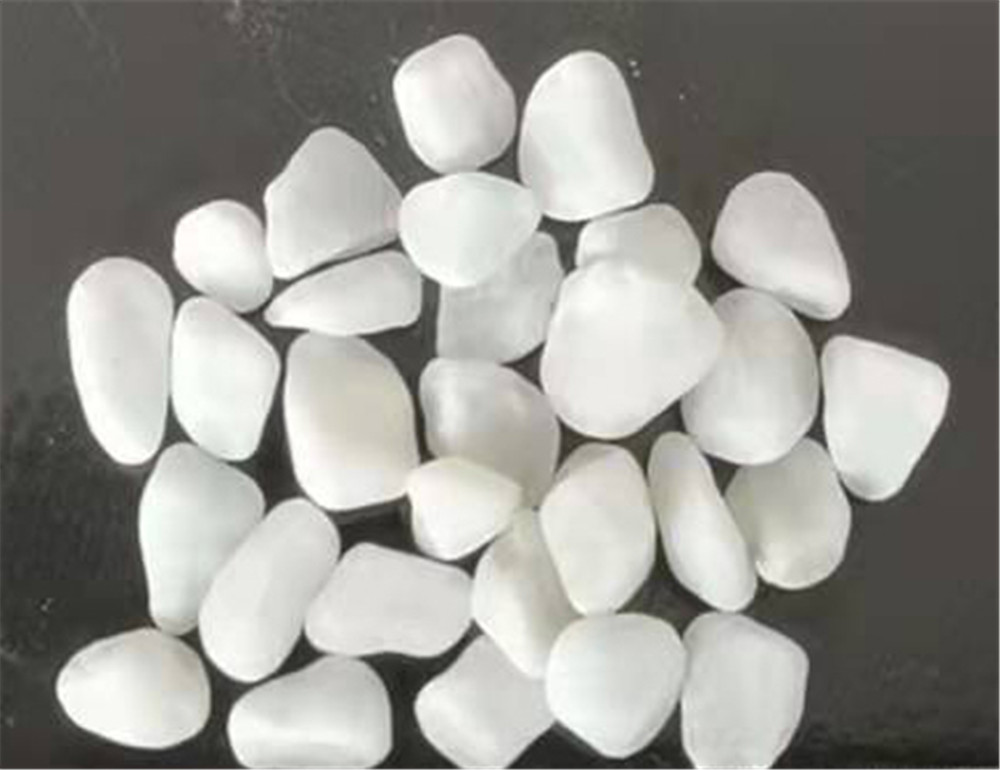Introduction
A fireplace is often considered the heart of a home, providing warmth, comfort, and a focal point for gatherings. One popular way to enhance the look and feel of a fireplace is by using stone veneer. Stone veneer fireplaces offer the beauty and elegance of natural stone without the high cost and installation challenges. In this article, we will explore the benefits of stone veneer fireplaces, the different types of stone veneer available, design ideas, installation process, maintenance tips, and more.
Benefits of Stone Veneer Fireplaces
Stone veneer fireplaces offer several advantages over traditional natural stone fireplaces. One of the main benefits is cost savings. Natural stone can be expensive to purchase and install, while stone veneer provides a more affordable alternative without compromising on aesthetics. Stone veneer is also lighter in weight compared to natural stone, making it easier to handle and install. Additionally, stone veneer is available in a wide variety of styles, colors, and textures, allowing homeowners to achieve their desired look without the limitations of natural stone.
Types of Stone Veneer
There are several types of stone veneer available for fireplace applications, each offering its own unique characteristics and advantages. Some common types of stone veneer include:
1. Manufactured Stone Veneer: Also known as faux stone, manufactured stone veneer is made from a blend of Portland cement, aggregates, and iron oxide pigments that mimic the look of natural stone. Manufactured stone veneer is lightweight, durable, and easy to install, making it a popular choice for fireplace surrounds.
2. Natural Stone Veneer: Natural stone veneer is made from real stone that is cut to a thin thickness for use as a veneer. Natural stone veneer offers the authentic beauty and texture of natural stone, providing a luxurious look for fireplace applications. While natural stone veneer may be more expensive than manufactured stone veneer, it adds a timeless elegance to any space.
3. Thin Brick Veneer: Thin brick veneer is made from real clay bricks that are cut to a thin thickness for use as a veneer. Thin brick veneer offers a classic and rustic look for fireplace surrounds, adding warmth and charm to any room. Thin brick veneer is available in a variety of colors and styles to suit different design preferences.
Design Ideas
Stone veneer fireplaces can be customized to suit a wide range of design styles, from traditional to modern. Here are some design ideas to inspire your stone veneer fireplace project:
1. Rustic Charm: Create a cozy and inviting atmosphere with a stone veneer fireplace featuring rough-hewn stones and a distressed wood mantel. Add a reclaimed wood beam as a mantel shelf to enhance the rustic appeal.
2. Contemporary Elegance: For a sleek and modern look, opt for a smooth and uniform stone veneer in a neutral color palette. Pair the fireplace with a minimalist mantel and clean lines for a sophisticated touch.
3. Country Cottage: Embrace a cottage-inspired design with a stone veneer fireplace accented with white-washed bricks and a vintage mantel. Add floral accents and cozy textiles for a charming and quaint feel.
Installation Process
Installing a stone veneer fireplace requires careful planning and attention to detail to ensure a professional and long-lasting result. Here are the basic steps involved in the installation process:
1. Prepare the Surface: Ensure the surface of the existing fireplace is clean, dry, and free of any debris or contaminants. Apply a layer of cement board or metal lath to provide a sturdy base for the stone veneer.
2. Apply Adhesive: Use a high-quality adhesive specifically designed for stone veneer to attach the stones to the surface. Apply the adhesive in a consistent manner to ensure proper adhesion.
3. Install Stone Veneer: Begin placing the stone veneer pieces on the fireplace surface, starting from the bottom and working your way up. Use a level to ensure the stones are straight and evenly spaced.
4. Grout Joints: Once the stones are in place, fill the joints between the stones with grout to create a seamless and cohesive look. Choose a grout color that complements the stone veneer for a polished finish.
5. Seal the Surface: To protect the stone veneer and enhance its durability, apply a sealer to the surface according to the manufacturer's instructions. Regularly maintain the sealant to preserve the beauty of the stone veneer over time.

Maintenance Tips
To keep your stone veneer fireplace looking its best, follow these maintenance tips:
1. Regular Cleaning: Clean the surface of the stone veneer fireplace regularly with a soft brush or cloth to remove dust, dirt, and debris. Avoid using harsh chemicals or abrasive cleaners that can damage the stone veneer.
2. Sealing: Periodically check Going Here on the stone veneer and reapply as needed to protect the surface from stains and moisture. Consult the manufacturer's recommendations for the appropriate sealant and maintenance schedule.
3. Avoid Extreme Heat: While stone veneer is heat-resistant, avoid exposing the surface to direct flames or high temperatures to prevent discoloration or damage. Use a fireplace screen or barrier to protect the stone veneer from excessive heat.
4. Repair Damage Promptly: If you notice any cracks, chips, or other damage to the stone veneer, address it promptly to prevent further deterioration. Consult a professional if the damage is extensive or requires specialized repair techniques.
Conclusion
Stone veneer fireplaces offer a versatile and cost-effective way to enhance the beauty and functionality of any home. Whether you prefer the natural elegance of real stone or the affordability of manufactured stone, there are plenty of options to suit your design preferences. By choosing the right type of stone veneer, incorporating creative design ideas, following proper installation techniques, and maintaining the fireplace regularly, you can enjoy a stunning and long-lasting stone veneer fireplace that adds warmth and style to your living space.
